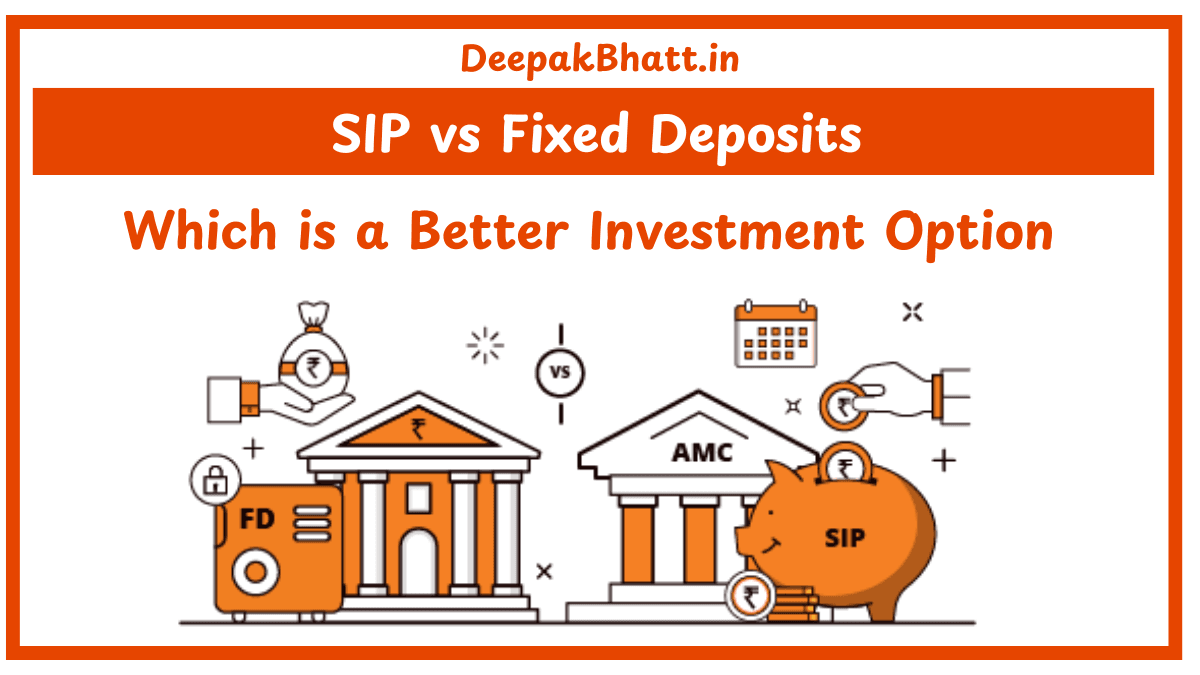what is Derivatives: financial contract whose value is derived from the price of an underlying asset.
- 1 What is Derivatives?
- 1.1 Types of Derivatives
- 1.2 1. Forward Contracts:
- 1.3 2. Options Contracts:
- 1.4 3. Futures Contracts:
- 1.5 4. Swaps:
- 1.6 5. Warrants:
- 1.7 6. Derivative Certificates:
- 1.8 The Role of Derivatives in Financial Markets
- 1.9 1. Risk Management:
- 1.10 2. Speculation:
- 1.11 3. Price Discovery:
- 1.12 4. Leverage:
- 1.13 5. Enhancing Liquidity:
- 1.14 Market Dynamics of Derivatives
- 1.15 1. Over-the-Counter (OTC) and Exchange-Traded:
- 1.16 2. Counterparty Risk:
- 1.17 3. Margin Requirements:
- 1.18 4. Regulation:
- 1.19 5. Global Reach:
- 1.20 Risks Associated with Derivatives
- 1.21 1. Price Risk:
- 1.22 2. Leverage Risk:
- 1.23 3. Counterparty Risk:
- 1.24 4. Liquidity Risk:
- 1.25 5. Model Risk:
- 1.26 The Future of Derivatives
- 1.27 1. Technological Advancements:
- 1.28 2. Increased Regulation:
- 1.29 3. Innovation in Product Development:
- 1.30 4. Integration of ESG Factors:
- 1.31 Conclusion
What is Derivatives?
Rather than representing ownership of the asset itself, derivatives are instruments that derive their value from the fluctuations in the price of an underlying asset, which can include stocks, bonds, commodities, currencies, interest rates, or market indices.
Learn Personal Finance 101 Free Video Course
What is Personal Finance? Do you know Let’s Start
Types of Derivatives
Derivatives come in various forms, each serving distinct purposes in financial markets. The two primary types of derivatives are:
1. Forward Contracts:
A forward contract is a customized agreement between two parties to buy or sell an asset at a specified future date for a price agreed upon today. It is a private, over-the-counter (OTC) contract tailored to the needs of the parties involved.
2. Options Contracts:
Options provide the buyer with the right, but not the obligation, to buy (call option) or sell (put option) an asset at a predetermined price (strike price) before or at the expiration date. Options are traded on organized exchanges, adding liquidity and transparency.
Beyond these primary categories, derivatives include a myriad of instruments, such as:
3. Futures Contracts:
Similar to forward contracts, futures contracts involve an agreement to buy or sell an asset at a future date and a predetermined price. However, futures contracts are standardized and traded on organized exchanges, reducing counterparty risk.
4. Swaps:
Swaps involve the exchange of cash flows between two parties over a specified period. Common types of swaps include interest rate swaps, currency swaps, and commodity swaps. Swaps are often used for hedging or optimizing cash flow.
5. Warrants:
Warrants are options issued by a company that give the holder the right to buy the company’s stock at a fixed price for a specified period. They are often used as incentives in financing transactions.
6. Derivative Certificates:
These are structured derivative products created by financial institutions. They can be based on various underlying assets and provide investors with exposure to specific market movements.
What is Amortization? Methods, Impact & Challenges
The Role of Derivatives in Financial Markets
Derivatives serve multiple functions in financial markets, contributing to liquidity, risk management, and price discovery:
1. Risk Management:
One of the primary functions of derivatives is risk management. Businesses and investors use derivatives to hedge against adverse price movements in the underlying assets. For example, a company may use futures contracts to lock in the price of raw materials.
2. Speculation:
Derivatives allow investors to speculate on the future price movements of underlying assets without the need to own those assets. This speculative function attracts traders seeking profit opportunities from market fluctuations.
3. Price Discovery:
The pricing of derivatives is intricately linked to the pricing of the underlying assets. As derivatives are actively traded, their prices contribute to the overall price discovery process in financial markets.
4. Leverage:
Derivatives provide a form of financial leverage, allowing investors to control a larger position with a smaller amount of capital. While this can amplify returns, it also increases the potential for losses.
5. Enhancing Liquidity:
Derivatives contribute to market liquidity by providing additional avenues for buying and selling assets. Standardized derivatives, such as futures and options, are traded on organized exchanges, enhancing transparency and liquidity.
Market Dynamics of Derivatives
Derivatives markets are dynamic and interconnected, with participants ranging from institutional investors to individual traders. Key features of derivative markets include:
1. Over-the-Counter (OTC) and Exchange-Traded:
Derivatives can be traded either over-the-counter (OTC) or on organized exchanges. OTC derivatives are customized contracts negotiated directly between two parties, while exchange-traded derivatives are standardized contracts traded on regulated platforms.
2. Counterparty Risk:
OTC derivatives involve counterparty risk, as the fulfillment of the contract relies on the financial health of the parties involved. To mitigate this risk, some derivative transactions are cleared through central clearinghouses.
3. Margin Requirements:
Derivative trading often involves margin requirements, where traders must deposit a certain amount of capital to cover potential losses. Margin requirements vary based on the type of derivative and the volatility of the underlying asset.
4. Regulation:
Derivatives markets are subject to regulatory oversight to ensure transparency, fairness, and stability. Regulatory bodies set rules and standards to govern derivative transactions and market participants.
5. Global Reach:
Derivatives markets have a global reach, with participants from around the world engaging in trading activities.
Market dynamics can be influenced by geopolitical events, economic indicators, and changes in interest rates.
Risks Associated with Derivatives
While derivatives offer various benefits, they also come with inherent risks that participants must carefully manage:
1. Price Risk:
Changes in the price of the underlying asset can result in financial losses for derivative holders. The degree of price risk depends on the type of derivative and market conditions.
2. Leverage Risk:
The use of leverage in derivative trading can amplify both gains and losses. High leverage increases the risk of significant financial exposure and margin calls.
3. Counterparty Risk:
OTC derivatives expose participants to counterparty risk, as the fulfillment of the contract relies on the financial stability of the parties involved. Default by a counterparty can lead to substantial losses.
4. Liquidity Risk:
Some derivatives, especially complex or less-traded instruments, may face liquidity challenges. In times of market stress, selling or unwinding positions can be challenging.
5. Model Risk:
Derivative pricing often relies on complex mathematical models. Model risk arises if these models fail to accurately predict market movements or if underlying assumptions prove incorrect.
The Future of Derivatives
As financial markets continue to evolve, several trends are shaping the future of derivatives:
1. Technological Advancements:
Technology, including blockchain and artificial intelligence, is influencing derivative markets. Smart contracts on blockchain platforms and advanced algorithms are enhancing efficiency and transparency.
2. Increased Regulation:
Regulatory bodies are likely to continue enhancing oversight of derivative markets to prevent systemic risks and protect investors.
Increased reporting requirements and standardized practices may become more prevalent.
3. Innovation in Product Development:
Financial institutions are continually innovating in derivative product development. New instruments may emerge, catering to specific risk management needs or providing exposure to unique market factors.
4. Integration of ESG Factors:
Environmental, social, and governance (ESG) considerations are gaining prominence in financial markets.
Derivatives may incorporate ESG factors as investors seek ways to align their portfolios with sustainability goals.
Conclusion
In conclusion, derivatives stand as intricate instruments that form the backbone of modern financial markets.
From risk management to speculation and liquidity enhancement, derivatives play diverse roles, shaping the dynamics of global finance.
As participants engage in derivative transactions, a clear understanding of their functions, risks, and market implications is essential for informed decision-making.

















